![]() A small metallic tab that, when attached to the body, is capable of generating electricity from bending a finger and other simple movements could one day power our electronic devices.
A small metallic tab that, when attached to the body, is capable of generating electricity from bending a finger and other simple movements could one day power our electronic devices.
“No one likes being tethered to a power outlet or lugging around a portable charger. The human body is an abundant source of energy. We thought: ‘Why not harness it to produce our own power?’” says Qiaoqiang Gan, associate professor of electrical engineering in the School of Engineering and Applied Sciences at the University at Buffalo and lead author of a paper describing the tab in the journal Nano Energy.
The tab is a triboelectric nanogenerator. Triboelectric charging occurs when certain materials become electrically charged after coming into contact with a different material. Most everyday static electricity is triboelectric.


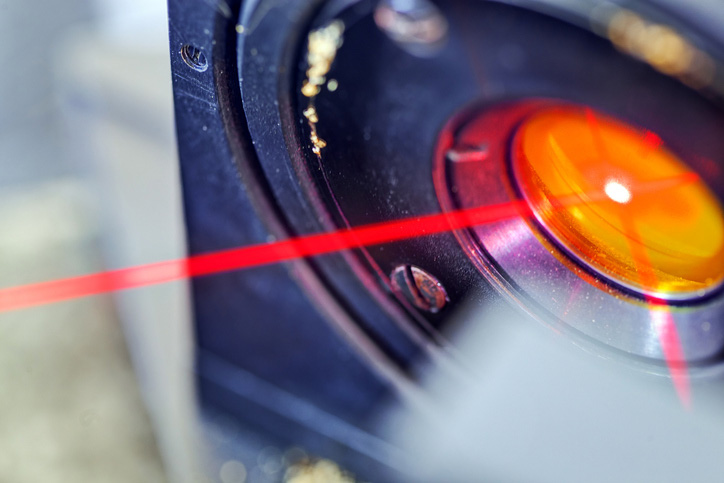 Researchers may have found a way to solve the weakness of a type of light source similar to lasers. The alternative light source could lead to smaller, lower-cost, and more efficient sources of light pulses.
Researchers may have found a way to solve the weakness of a type of light source similar to lasers. The alternative light source could lead to smaller, lower-cost, and more efficient sources of light pulses.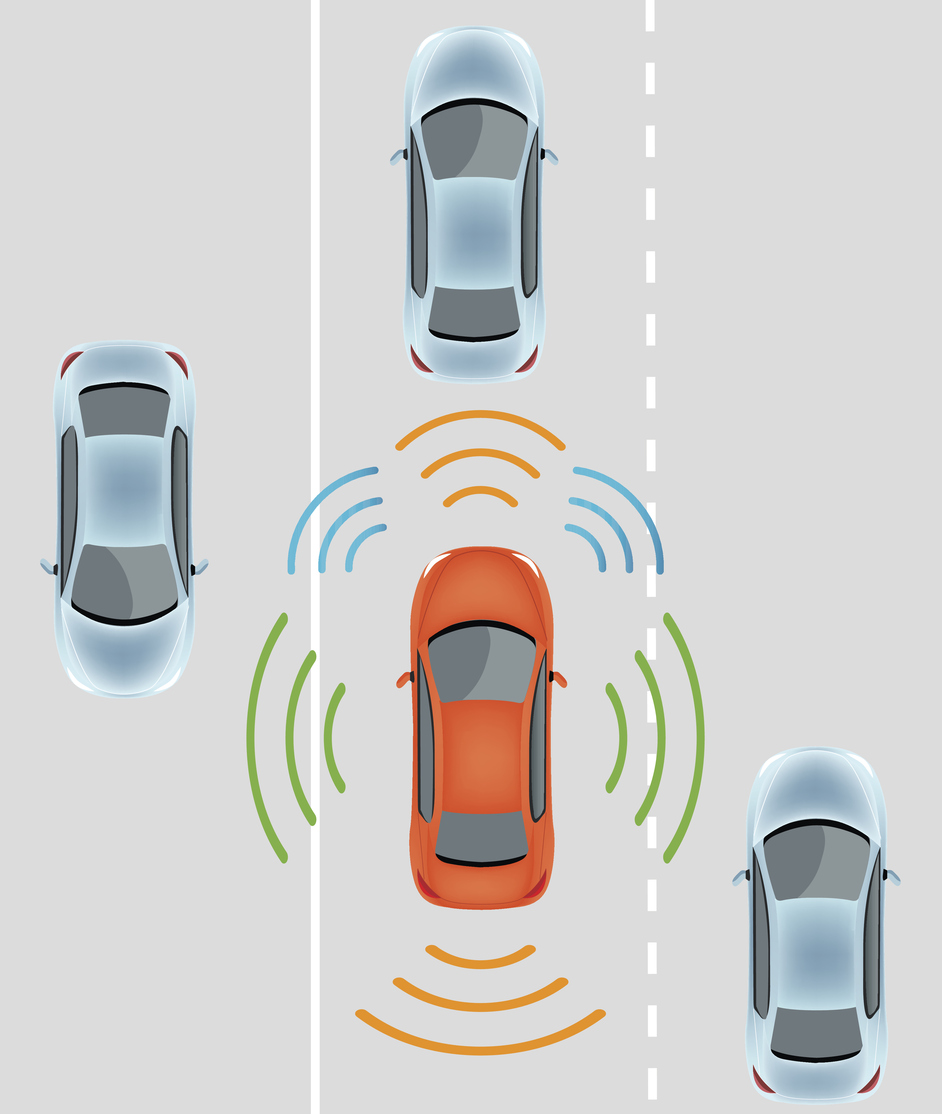 Much of the push toward self-driving cars has been underwritten by the
Much of the push toward self-driving cars has been underwritten by the 
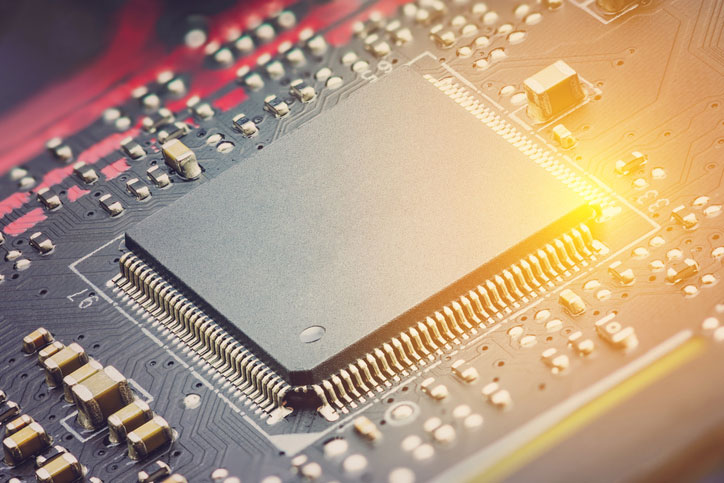 Incorporating organic electronic materials in the field of bioelectronics has indicated promising potential in interfacing with biological systems, including neuroscience applications. Researchers from Linköping University are taking a major step forward in that work with their development of the world’s first complementary electrochemical logic circuits that can function for long periods of time in water.
Incorporating organic electronic materials in the field of bioelectronics has indicated promising potential in interfacing with biological systems, including neuroscience applications. Researchers from Linköping University are taking a major step forward in that work with their development of the world’s first complementary electrochemical logic circuits that can function for long periods of time in water. Adding a little ultrathin hexagonal boron nitride to ceramics could give them outstanding properties, according to new research.
Adding a little ultrathin hexagonal boron nitride to ceramics could give them outstanding properties, according to new research.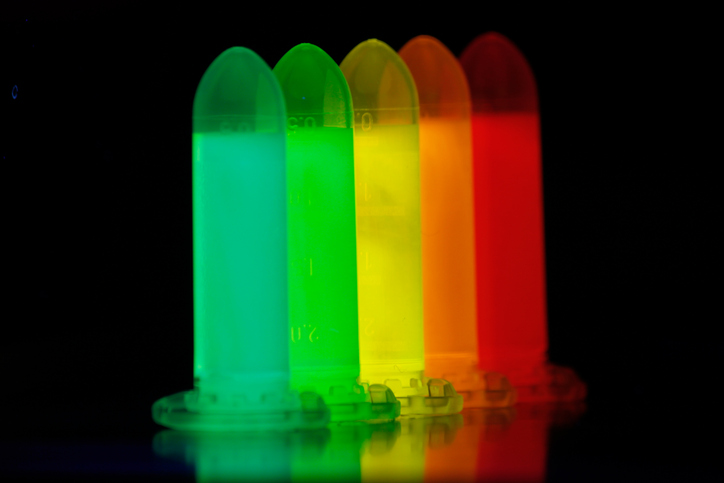 Researchers have found an explanation for why a certain class of quantum dots shines with such incredibly bright colors.
Researchers have found an explanation for why a certain class of quantum dots shines with such incredibly bright colors. Sensors on tape that attach to plants yield new kinds of data about water use for researchers and farmers.
Sensors on tape that attach to plants yield new kinds of data about water use for researchers and farmers.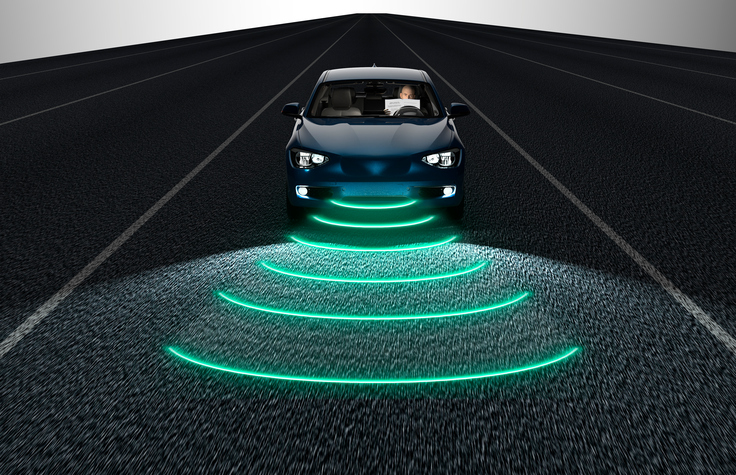 In the wake of car- and truck-based attacks
In the wake of car- and truck-based attacks